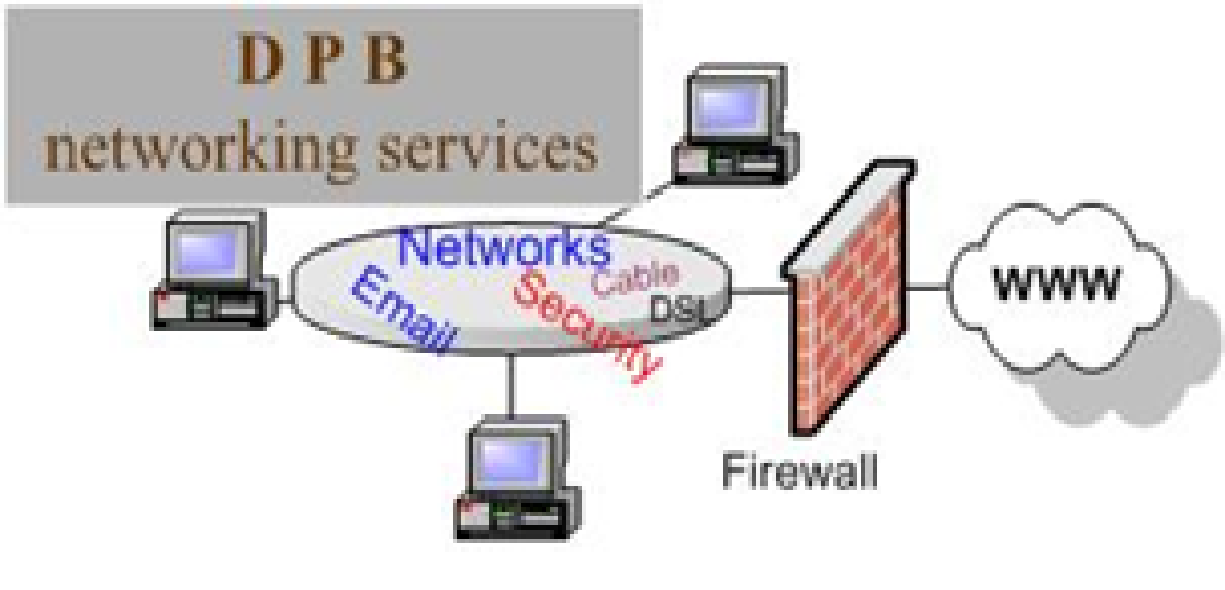Contacts are an important part of TimeSolv, as they are used to send invoices and statements. When adding contacts to clients and matters, it is important to avoid creating duplicate entries to prevent billing issues. TimeSolv offers a convenient feature that allows users to associate a contact with multiple clients and matters, eliminating the need for duplicate entries. In this week’s Tip of the Week, we will look at creating new contacts, using them correctly for invoices, and how to configure contact associations.
Creating Contacts & Associations
There are two levels at which you can create contacts in TimeSolv: Matter level and Client level.
- Matter level contacts are specific to a particular matter. For example, you might create a matter level contact for the client’s attorney or the opposing party’s representative.
- Client level contacts are used for all matters associated with a particular client. For example, you might create a client level contact for the client’s CEO or the head of legal.
To create a new contact, go to Clients & Matters > [Client name] > Contacts > New Contact. You will be asked to provide the contact’s name, title, company, email address, phone number, and other contact information.
If you would like to associate this contact with multiple matters, you’ll see an ‘Associate‘ link next to the listed newly saved contact under the Contacts tab. Make sure to select all the relevant clients and matters to associate this contact with, eradicating the need to create any duplicates.
Contact Types
When you create a new contact, you will also need to select a contact type. There are four contact types:
- Main: This is the primary contact for the matter or client. The main contact will be used to send invoices and statements.
- Optional Invoice: This is an additional contact that can be used to send invoices and statements. The optional invoice contact will only be used if the main contact is not available.
- Related Party: This is a contact that is related to the matter or client, but is not the primary contact. Related party contacts are not used to send invoices or statements.
- Other: This is a catch-all category for contacts that do not fit into any of the other categories. Other contacts are not used to send invoices or statements.
Where Contacts Are Used
Contacts are used in TimeSolv in a few different ways. They are used to send invoices and statements, they are used to create tasks and events, and they can be used to track time.
Invoices and Statements
When you create an invoice or statement, you will need to select the contact that you want to send it to. If you have a main contact for the matter or client, that contact will be used by default. However, you can also select an optional invoice contact or a related party contact.
Contacts are an important part of TimeSolv. By understanding how to create and correctly assign contacts, you can ensure that your invoices and statements are sent to the correct people.
For more information on managing your TimeSolv contacts and associations, click here.

















